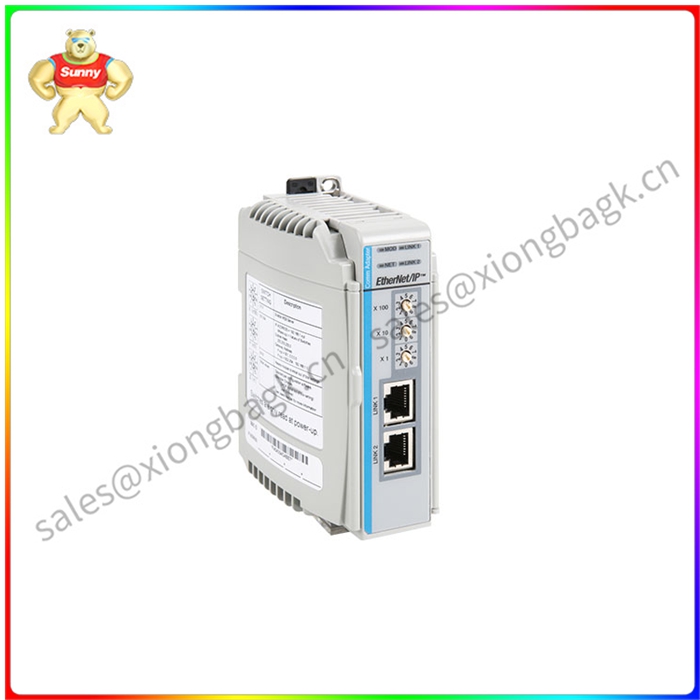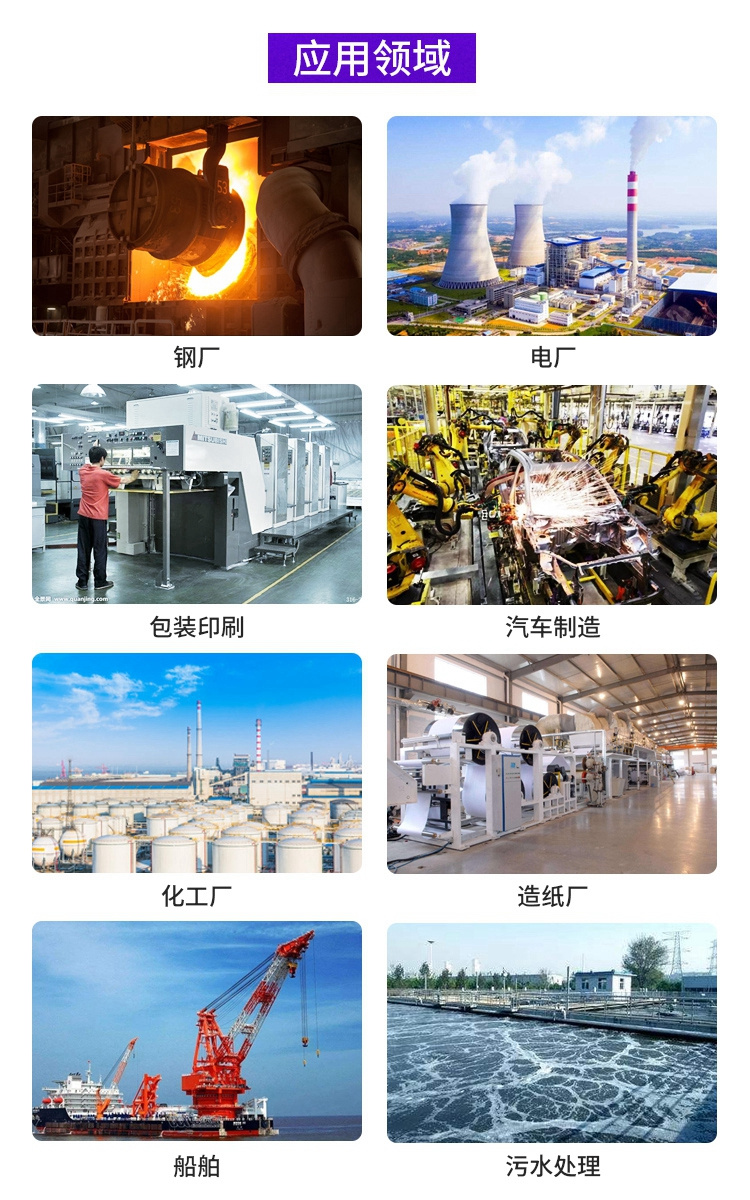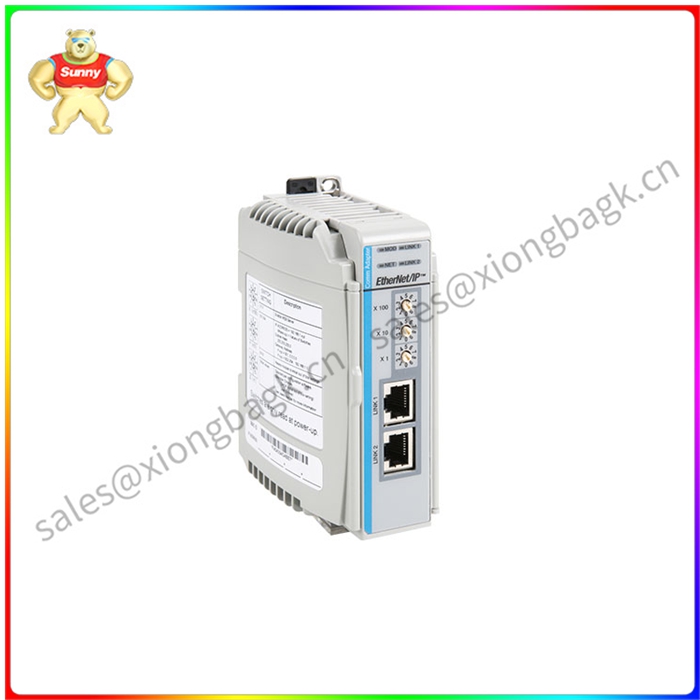1769-AENTR 是一款 CompactLogix 通信模块
Allen-Bradley 1769-AENTR 是基于机箱的输入/输出模块,属于 Bulletin 1769 紧凑型 I/O 系列。该模块能够帮助用户减少 I/O 备件库存。该 I/O 模块由 EtherNet/IP 网络分配,允许 CompactLogix 用户在升级到下一个系列的 CompactLogix 控制器时再次使用 1769 I/O 系统,而不会干扰他们之前的 1769 I/O 投资。拥有 1769-AENTR 的用户可以使用相同的输入/输出模块在唯 一的适应性平台上进行调节。1769-AENTR 的目的是简化运营商的系统架构,并帮助zui大限度地降低迁移成本。使用此 I/O 模块的其他优点还包括不受控制器限制的系统扩展、通过一个标准化的 I/O 平台减少库存,以及使用从 EtherNet/IP 网络发布的单个网络程序进行企业连接。
1769-AENTR 具有双以太网端口,用户可以在其中连接线性拓扑或 DLR。它是一种可扩展的控制系统,可为遇到发动机性能不一致的机器和设备制造商提供有效的解决方案。1769-AENTR 还允许制造商在不利用多个控制平台的情况下满足应用需求。在选择zui合适、zui具成本效益的控制系统时,用户通常会考虑可扩展性、可持续性、高性能、简化、安全性和单一网络架构等因素,所有这些都可以在 1769-AENTR I/O 模块中找到。1769-AENTR 的zui低通信端口速度约为 10 Mbit/秒,而其zui大通信速度可达 100 Mbit/秒。该模块的理想工作温度在 0 到 60 摄氏度之间。
1769-AENTR 主功能包括双以太网接口,支持各种以太网拓扑,如 Liner、Star 和设备级环 (DLR)。它主要旨在简化控制架构、I/O 可扩展性、减少库存、迁移以及易于连接到企业级。
1769-AENTR 是一个单插槽宽度模块,支持多达 128 个逻辑通信、96 个 TCP/IP 连接。它的电流消耗为 500 mA,隔离电压为 50V(连续),基本绝缘类型在 710V DC 下测试了 60 秒,重量约为 0.280 千克(0.61 磅),尺寸为 118 x 50 x 87 毫米(4.65 x 1.97 x 3.43 英寸)。
与 1769-AENTR 建立连接时,推荐的电线尺寸是符合 IEC 60603-7 标准的 RJ45 连接器,以及符合 TIA 568-B.1 的 2 或 4 对 5e 类zui小电缆或符合 ISO/IEC 24702 的 5 类电缆。它通过了 c-UL-us、CE、RCM、Ex、KC 和 EtherNet/IP 的认证。
它可用于与人机界面 (HMI) 设备通信,尤其是 PanelView 产品系列、监控和数据采集 (SCADA) 以及其他用于消息传递功能的控制器。

1769-AENTR 是一款 CompactLogix 通信模块
The Allen-Bradley 1769-AENTR is a chassis based input/output module belonging to the Bulletin 1769 compact I/O family. This module can help users reduce I/O spare parts inventory. This I/O module is distributed by the EtherNet/IP network, allowing CompactLogix users to use the 1769 I/O system again when upgrading to the next series of CompactLogix controllers without interfering with their previous 1769 I/O investment. Users with the 1769-AENTR can adjust on a unique adaptive platform using the same input/output module. The 1769-AENTR was designed to simplify operators' system architecture and help minimize migration costs. Other benefits of using this I/O module include controller-free system scaling, inventory reduction through a standardized I/O platform, and enterprise connectivity using a single network program published from EtherNet/IP networks.
The 1769-AENTR features dual Ethernet ports where users can connect a linear topology or DLR. It is a scalable control system that provides an effective solution for machine and equipment manufacturers who encounter inconsistent engine performance. The 1769-AENTR also allows manufacturers to meet application requirements without utilizing multiple control platforms. When choosing the most suitable and cost-effective control system, users often consider factors such as scalability, sustainability, high performance, simplification, security, and a single network architecture, all of which can be found in the 1769-AENTR I/O module. The 1769-AENTR has a minimum communication port speed of about 10 Mbit/ s, while its maximum communication speed can reach 100 Mbit/ s. The ideal operating temperature of the module is between 0 and 60 degrees Celsius.
1769-AENTR Main features include dual Ethernet interfaces that support a variety of Ethernet topologies such as Liner, Star, and Device level Loop (DLR). It is primarily designed to simplify control architecture, I/O scalability, reduce inventory, migration, and easy connectivity to the enterprise level.
The 1769-AENTR is a single slot width module that supports up to 128 logical communications and 96 TCP/IP connections. It has a current consumption of 500 mA, isolation voltage of 50V (continuous), basic insulation type tested at 710V DC for 60 seconds, and weighs about 0.280 kg (0.61 lb). It measures 118 x 50 x 87 mm (4.65 x 1.97 x 3.43 inches).
When establishing a connection with 1769-AENTR, the recommended wire sizes are RJ45 connectors according to IEC 60603-7, and 2 or 4 pairs of minimum Class 5e cables according to TIA 568-B.1 or Class 5 cables according to ISO/IEC 24702. It is c-UL-us, CE, RCM, Ex, KC and EtherNet/IP certified.
It can be used to communicate with human machine interface (HMI) devices, particularly the PanelView product family, supervisory control and Data acquisition (SCADA), and other controllers for messaging functions.





 QQ在线客服
QQ在线客服